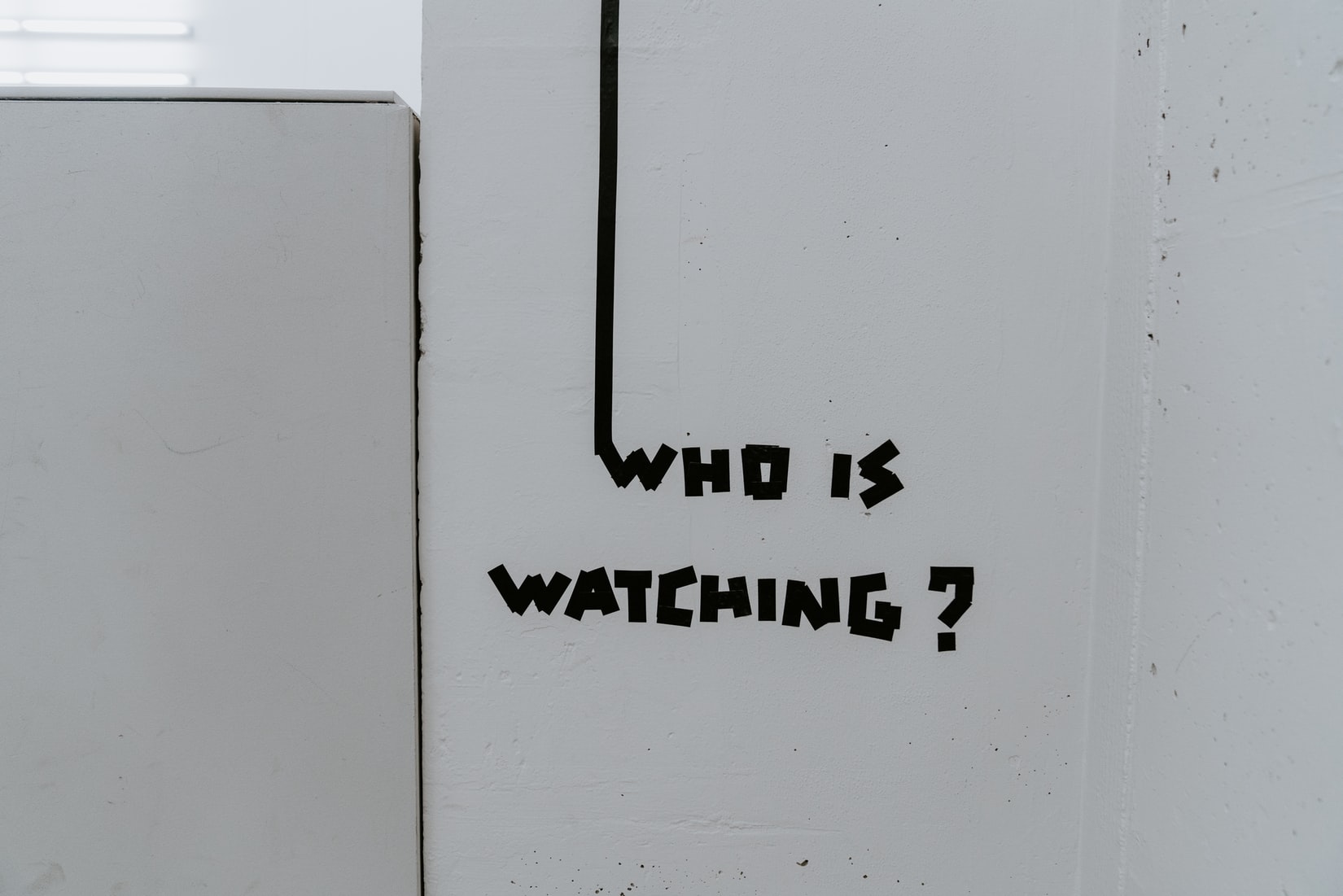It’s time to recheck your settings.
Shenzhen Translation Bureau is its compilation team, focusing on technology, business, workplace, life and other fields, focusing on introducing foreign new technologies, new ideas, and new trends.
Editor’s note: Because of a pneumonia, more and more employees are forced to work from home, and applications such as Zoom and Slack that facilitate online work have also seen a surge in the number of users and traffic globally. However, many people do not realize that there are many privacy security issues hidden behind these applications, and some even exceed ordinary knowledge. This article sorts out some of the problems with these applications to remind readers that you should be careful when working online. Article translated from Medium, author Yael Grauer, original title Slack, Zoom, Google Hangouts: Are Your Remote Work Apps Spying on You?

Image source: Unsplash
In response to Covid-19, many companies have allowed or even required employees to start working remotely. This means that employees can be socially isolated without falling behind, while also receiving salary.
As we all know, using tools such as Slack, Zoom, and Google Hangouts to connect with colleagues and managers is not the same as contacting in the office. But technical failures are not the only concern, because the meeting has been simplified to one byte. User privacy is also.
“As we move more of our daily lives to these platforms, we will see new, different and possibly even greater privacy risks, such as corporate monitoring and employer monitoring.” Leading nonprofit Gennie Gebhart, deputy director of the Electronic Frontier Foundation (EFF), a digital rights organization.
The situation now changes to when employees work from home and use these tools all day, which may give some employers a new opportunity to see what employees are doing. You should be aware that depending on the software used by the company and existing policies, there may be some privacy issues.
Your boss may be able to read your Slack private message
Many people already use Slack at work, but if everyone is working at home, then it ’s natural to transfer the “tea room conversation” that would have been face-to-face to the platform. This does not always work.
“Many employees in the company Slack may not know that although the private messages you send to other users seem very private, for your boss and human resources department, these private messages are sent to other people in the channel with you. Everything about users is the same. “Said Tarah Wheeler, a cybersecurity policy researcher at New America, a think tank focused on technology and media.
“Enterprise Export All Messages” only applies to organizations with paid Plus or Enterprise Grid accounts, not free or standard accounts, and Slack noted that workspace owners need to have appropriate employment agreements and corporate policies to use this feature. In addition, the company must comply with all applicable laws. Even so, private chat only provides a privacy disguise. (Note: Enterprise Grid provides a collaborative communication architecture for large enterprises, enough to support enterprises with 5,000 to 500,000 employees.)
Gehart suggested: “If you don’t want to make everyone know at the full meeting, don’t relax, even if you send a private letter.”
You can check the team settings of the Slack group on the official website, find out who the administrator is, what retention principles and export settings (including whether to enable message export) applied to your group, and your public and private Channel, private message and file retention settings.
Note the screen sharing in Zoom
Although you may want the host to notice that you look down for a minute during a face-to-face meeting, when you video chat in your comfortable home, you may not have the same idea. It turns out that Zoom has an attention tracking function, which can remind the host if you look away.
If the account administrator has enabled attention tracking, the meeting host of the shared screen can (or even need to) check whether the participant ’s Zoom is out of focus within 30 seconds (no opening or activity on their screen) . However, the participants do not have this notification function.
“Importantly, this feature will only be tracked when the Zoom video window is open. It does not track any aspect of audio or video content, nor any other applications on the window.” One of the Zoom companies The spokesperson said in an email.
What happened in the “meeting room” …
Zoom, Google, Slack and other services have acceptable or reasonable use